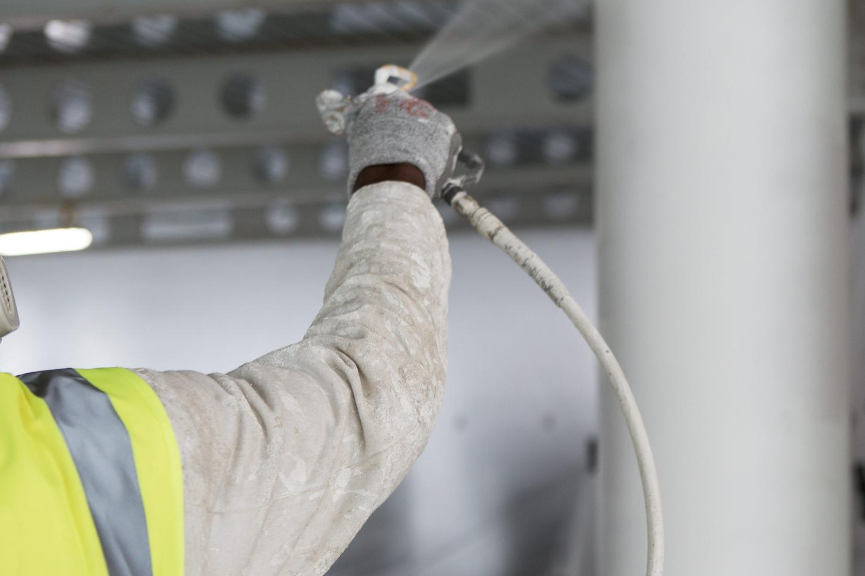Understanding the Components of Passive Fire Protection

Fire safety is a critical aspect that one cannot afford to overlook, both in residential and commercial settings. A comprehensive fire protection strategy involves two main categories: active and passive. While active measures include systems that require manual or automatic activation, like fire extinguishers or sprinkler systems, our focus today is on the lesser-known yet equally vital counterpart, passive fire protection.
Defining Passive Fire Protection
PFP is a group of systems integrated into the structure of a building to contain fires or slow their spread. These measures are designed to compartmentalize a fire, providing more time for occupants to evacuate safely and for emergency services to arrive. Passive fire protection system also protects the building’s structural integrity, preventing or delaying a structural collapse.
Key Components of PFP
Fire-Resistant Walls, Floors, and Ceilings
These barriers are constructed using materials that resist fire and high temperatures. They act as shields, containing the fire to its origin point and preventing it from spreading to other parts of the building.
Fire Doors
Fire doors are an integral part of fire containment strategies. They are designed to withstand fire and extreme heat for a certain period, typically ranging from 30 minutes to 2 hours. Their role is to prevent the fire and smoke from spreading through the escape routes, ensuring a safe exit for the occupants.
Fire-Resistant Glass
This type of glass is specially treated or layered to resist high temperatures. It is commonly used in windows and doors to prevent the breakage that would otherwise allow the fire to spread.
Firestops
Firestops are systems designed to seal openings and joints in fire-resistance-rated walls and floors. They can consist of various materials, including intumescent paste, which expands when exposed to heat, effectively sealing any gaps where the fire could penetrate.
Smoke Barriers
While controlling the fire is crucial, managing smoke spread is equally important. Smoke barriers are designed to limit the movement of smoke within the building, protecting occupants from harmful smoke inhalation during evacuation.
The Significance of PFP Systems
The primary aim of passive fire safety measures is to save lives by providing extra time for evacuation and enabling safe access for firefighters. However, they also play a significant role in property protection.
In conclusion, understanding and implementing passive fire protection measures is vital for anyone responsible for a building’s safety. These systems, often unseen and unappreciated, work silently to save lives and protect properties. They form an integral part of any comprehensive fire, working hand-in-hand with active fire protection measures to ensure maximum safety.
Copyright © Rain Stone LLC All Rights Reserved